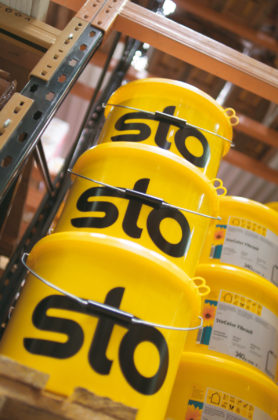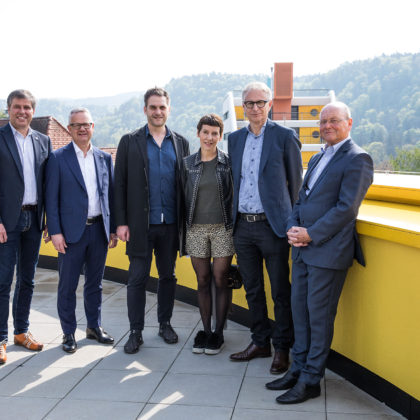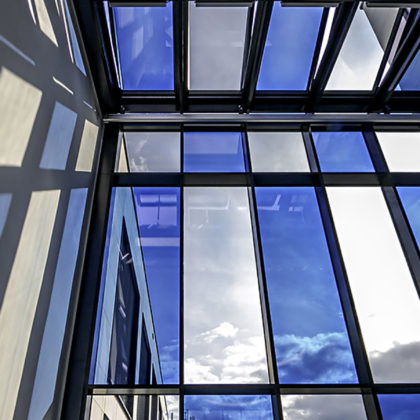![]() Die Meldung steht für Sie auch als Textdokument zum Download bereit.
Die Meldung steht für Sie auch als Textdokument zum Download bereit.
New ways of insulating the facade
Should the appearance of an insulated facade reflect its function? Those involved in the research project on EWIS modulation say ‘yes’! At BAU 2013, the World’s Leading Trade Fair for Architecture, Materials, Systems, in Munich, they will present an entirely new approach to the design of facade insulation. If “form follows function” also holds true for insulation materials, refurbishments of existing buildings will no longer all look the same, energy efficiency of insulation systems will increase and, most importantly, new design possibilities will open up. The first building project of this kind is planned for 2013.
Insulating the facade is an indisputable necessity. Specifically in the case of existing buildings, external wall insulation systems range among the dominant building materials of our time. However, the full design potential of these systems has not yet been fully exploited in their planning nor in their execution. The research project run by the Munich-based architects Hild und K, represented by Andreas Hild and Faraneh Farnoudi, is currently working on changing this.
As part of the “Future Building” research initiative launched by the Federal Ministry of Transport, Building and Urban Development and together with their partners Sto AG and Bayerische Hausbau the architects evaluate “Modulation options for the building envelope with the aid of heat-sensitive phototopography”. Their aim is to enable more customised facade design while at the same time improving the performance entirely new appearance of facades but also saves resources since only as much insulation material as is necessary for a specific area is used. The function of the external wall insulation system actually becomes visible which, in turn, ensures authentic use of the insulation of insulation systems via a three-dimensional modulation of the insulation layer.
The underlying idea is that the different building elements of an existing facade have disparate heat transmission values. If the dimensions of the insulation material are adjusted to the different heat transmission coefficients, the surface is restructured due to the different thermal conditions of the individual building elements. On the basis of thermographic images, a computer program calculates the heat transmission and defects of the thermal envelope as well as the temperature spread and water vapour diffusion flows of the building. It then processes all this data and creates a three-dimensional model. This simulation provides the basis for both the versatile design options and the customised production of the insulation elements. Therefore, this technology enables not only an material. Hild und K are in charge of the project and have many years of experience in the design of facades – also with external wall insulation systems. Sto AG supports the research project by assisting with the material selection, feasibility as well as technical requirements – in particular those placed on coating materials. They also help with questions of quality assurance. The first customised facade insulation system is to be implemented and applied within the course of 2013.
 |
The simulation of thermal bridges in the facade to be refurbished indicates significant differences in the heat flow density (isolines 1.0 W/m²).
Image: Hild und K, Munich
|
 |
The derived three-dimensional computer model serves as the basis for the modulation of insulation elements.
Image: Hild und K, Munich
|
Publication free of charge, specimen copy requested



